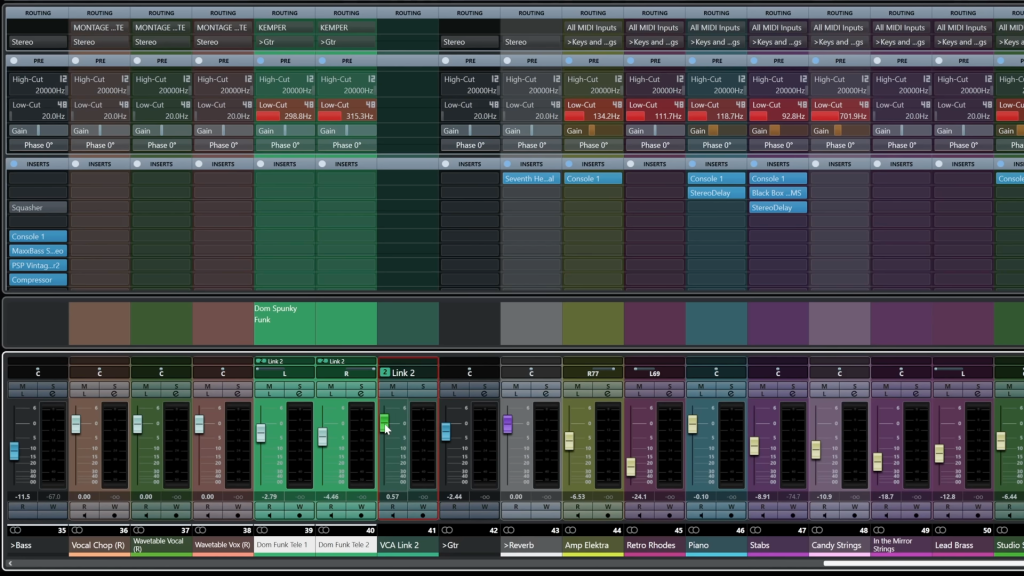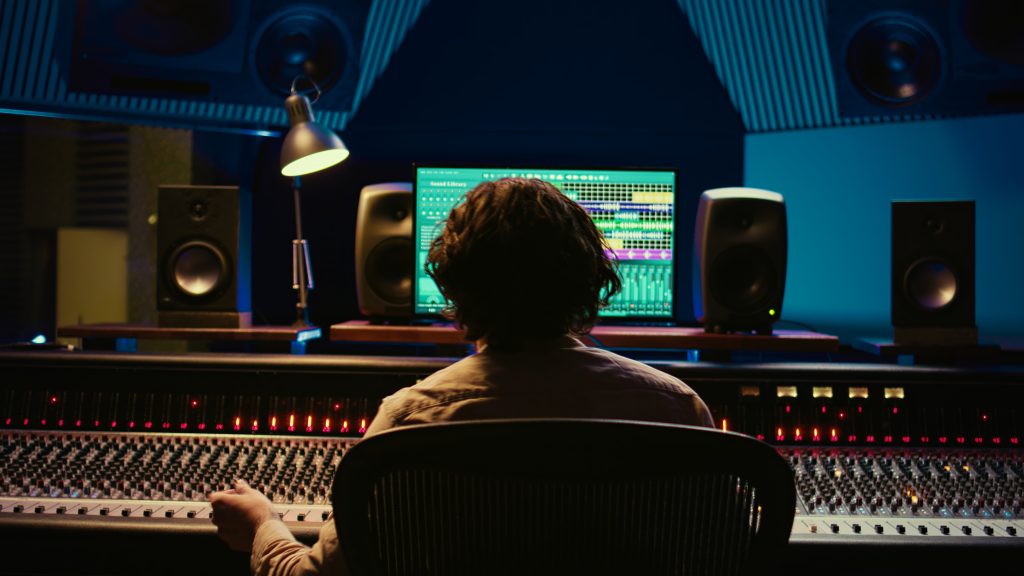
Choosing the Right DAW: A Comprehensive Guide
With a plethora of Digital Audio Workstations (DAWs) available, choosing the right one can feel overwhelming. This comprehensive guide will help you navigate the options and find the perfect DAW to match your needs and aspirations.
What is a DAW?
A DAW is a software application used for composing, producing, recording, mixing, and mastering audio. It provides a central hub where you can create and manipulate audio using various tools and features. Think of it as a digital recording studio where you have everything you need to bring your musical ideas to life.
Factors to Consider When Choosing a DAW
Before diving into specific DAWs, let’s explore the key factors to consider:
-
- Workflow and User Interface: Each DAW has a unique workflow and user interface. Some prioritize intuitive design, while others offer deeper customization for advanced users. Choose a DAW that matches your working style and enhances your creative process. The best DAW for you depends on your personal workflow, musical genre, and preferences, rather than just choosing the most advanced or popular option1.
-
- Your Operating System: Ensure compatibility with your computer’s operating system. Some DAWs are cross-platform, while others are exclusive to specific platforms like macOS2.
-
- Budget: DAWs range from free to premium options. Consider your budget and whether a subscription model or a one-time purchase suits you best3.
-
- Musical Genre: Different DAWs cater to specific genres. Ableton Live and FL Studio excel in electronic music, while Pro Tools is ideal for recording and mixing3.
-
- Features: Evaluate the specific features you need, such as virtual instruments, audio effects, or support for external plugins3.
-
- Native Instruments and Effects: The quality and variety of built-in instruments and effects can significantly influence your creative options within a DAW. Consider whether the DAW’s native plugins align with your needs or if you’ll rely heavily on third-party plugins4.
Popular DAWs and Their Strengths
Now, let’s delve into some of the most popular DAWs and their strongest features:
1. Avid Pro Tools
-
- Strongest Features: Industry-standard DAW known for its advanced audio recording, editing, and mixing tools. It offers seamless integration with Avid hardware and third-party plugins, along with a comprehensive library of plugins and virtual instruments5.
-
- Who is it right for? Professionals in music production, film scoring, and post-production who require industry-leading tools and compatibility.
2. Ableton Live
-
- Strongest Features: Renowned for its Session View, which allows for non-linear and improvisational workflow. It excels in electronic music production and live performance, with features like clip launching, warping, and real-time effects. Ableton Live is also known for having a relatively low learning curve compared to other DAWs6.
-
- Who is it right for? Electronic music producers, DJs, and live performers who value flexibility and creative experimentation. Its ease of use also makes it a good option for beginners.
3. Apple Logic Pro X
-
- Strongest Features: A comprehensive DAW with a vast collection of high-quality instruments, loops, and samples. It boasts advanced MIDI editing, automation capabilities, and a user-friendly interface. A unique feature is its “Capture Recording” function, which can retroactively record your performance even if you forgot to press the record button. This is incredibly useful for capturing spontaneous musical ideas8.
-
- Who is it right for? Mac users seeking a powerful and affordable DAW with a wide range of creative tools.
4. Steinberg Cubase
-
- Strongest Features: Known for its versatile features and powerful MIDI capabilities. It offers advanced audio editing, mixing tools, and a flexible environment for working with virtual instruments9.
-
- Who is it right for? Musicians, composers, and producers across various genres who require a comprehensive and reliable DAW.
5. PreSonus Studio One
-
- Strongest Features: A user-friendly DAW with a drag-and-drop interface and a focus on a streamlined workflow. It offers a good selection of virtual instruments and effects, along with integrated mastering tools3.
-
- Who is it right for? Beginners and experienced producers seeking an intuitive and efficient DAW with a good balance of features.
6. FL Studio
-
- Strongest Features: A popular DAW for electronic music production, known for its pattern-based sequencer and lifetime free updates. It offers a wide range of built-in synths and effects, along with flexible audio recording and editing tools. However, it’s worth noting that FL Studio can have a steeper learning curve compared to some other DAWs10.
-
- Who is it right for? Beatmakers and electronic music producers who value a fast and creative workflow.
7. Reason Studios Reason
-
- Strongest Features: Unique for its rack-based interface, emulating a virtual studio with synthesizers, effects, and mixing tools. It offers a creative and intuitive workflow for sound design and music production.
-
- Who is it right for? Producers and sound designers who enjoy a hands-on approach and appreciate the visual representation of their signal flow.
Conclusion
Ultimately, the best DAW for you is the one that best suits your individual needs and creative workflow. There is no single “best” DAW, as each offers a unique set of features and strengths. Consider your budget, operating system, musical genre, and desired workflow when making your decision. Take advantage of free trials and demos to experiment with different DAWs before committing to a purchase. With the right DAW as your creative companion, you’ll be well-equipped to bring your musical visions to life.




Responses